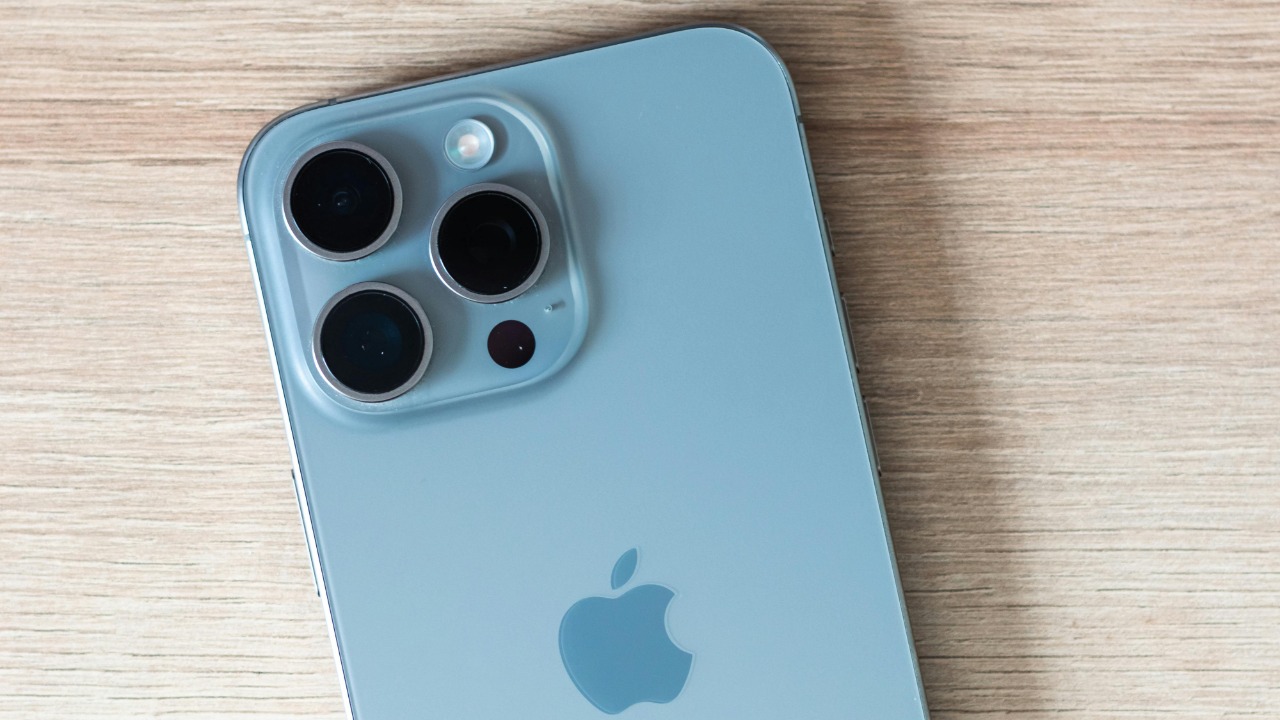
The iPhone has continually evolved, introducing groundbreaking features that redefine how we interact with technology. Yet, some well-loved features have been left behind in this relentless pursuit of innovation. Let’s take a look at four iPhone features that have vanished over the years, leaving a mark on the history of smartphones.
Physical Home Button
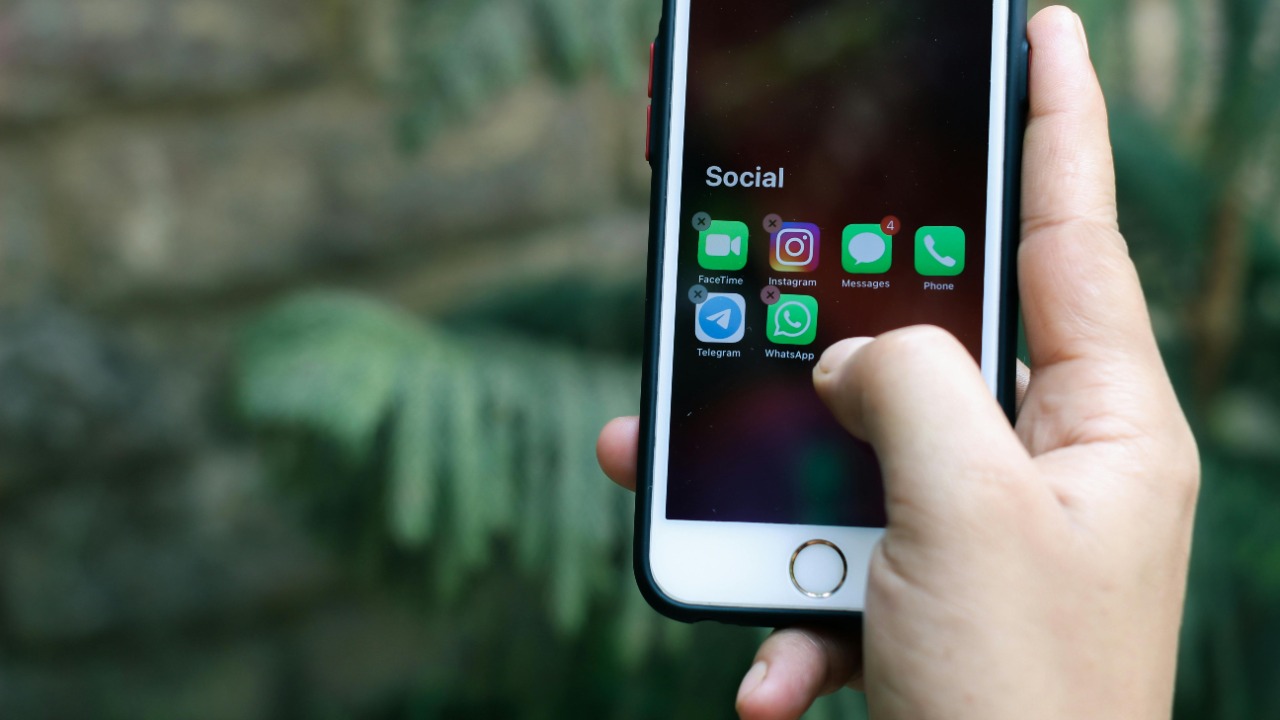
The physical home button was a defining feature of the iPhone for many years. It offered users a tactile way to navigate through their device, and its removal marked a significant shift in Apple’s design philosophy. Starting with the iPhone X, Apple introduced a gesture-based navigation system, eliminating the need for a physical button. This change allowed for a larger, edge-to-edge display, but some users still miss the simplicity and familiarity of the home button. The shift reflects a broader trend toward minimalist design in tech.
3D Touch
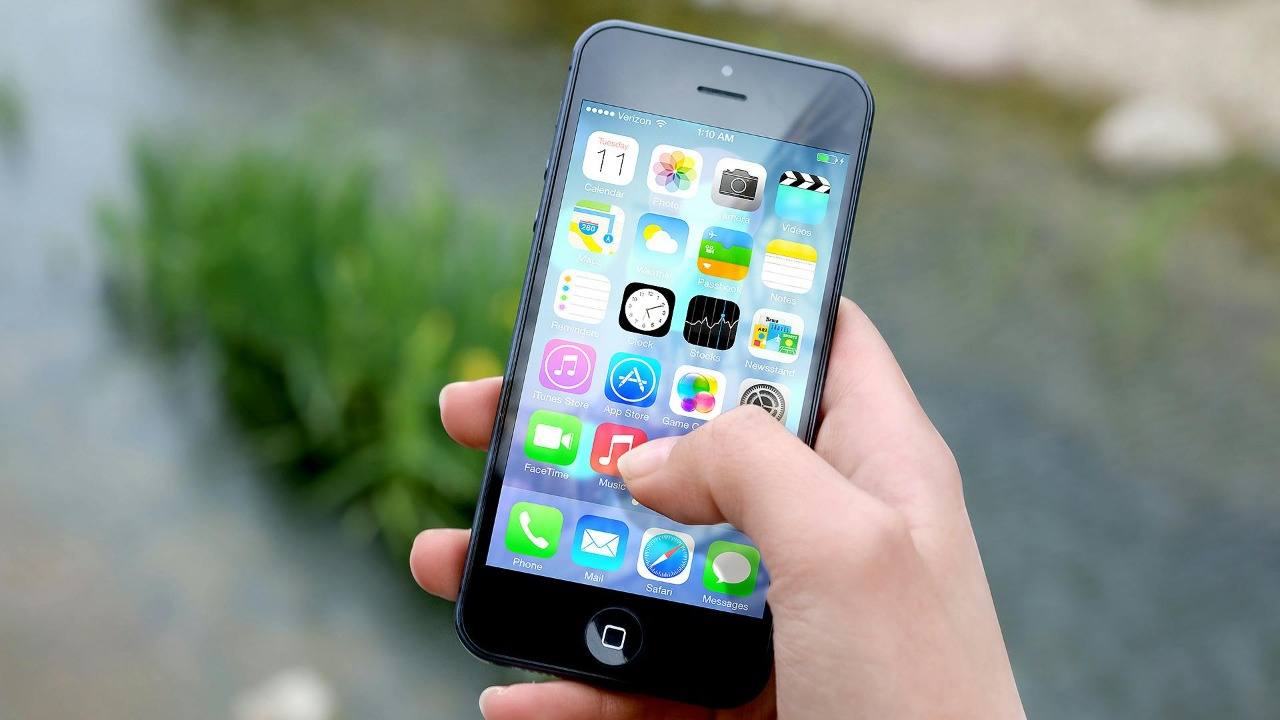
3D Touch was an innovative feature introduced with the iPhone 6S. It enabled the screen to detect varying levels of pressure, offering new ways to interact with apps and shortcuts. Despite its potential, 3D Touch was gradually phased out, replaced by Haptic Touch in newer models. While Haptic Touch provides some similar functionality, it lacks the nuanced pressure sensitivity that 3D Touch offered. Apple’s decision to discontinue this feature may have been influenced by cost and complexity considerations.
Headphone Jack
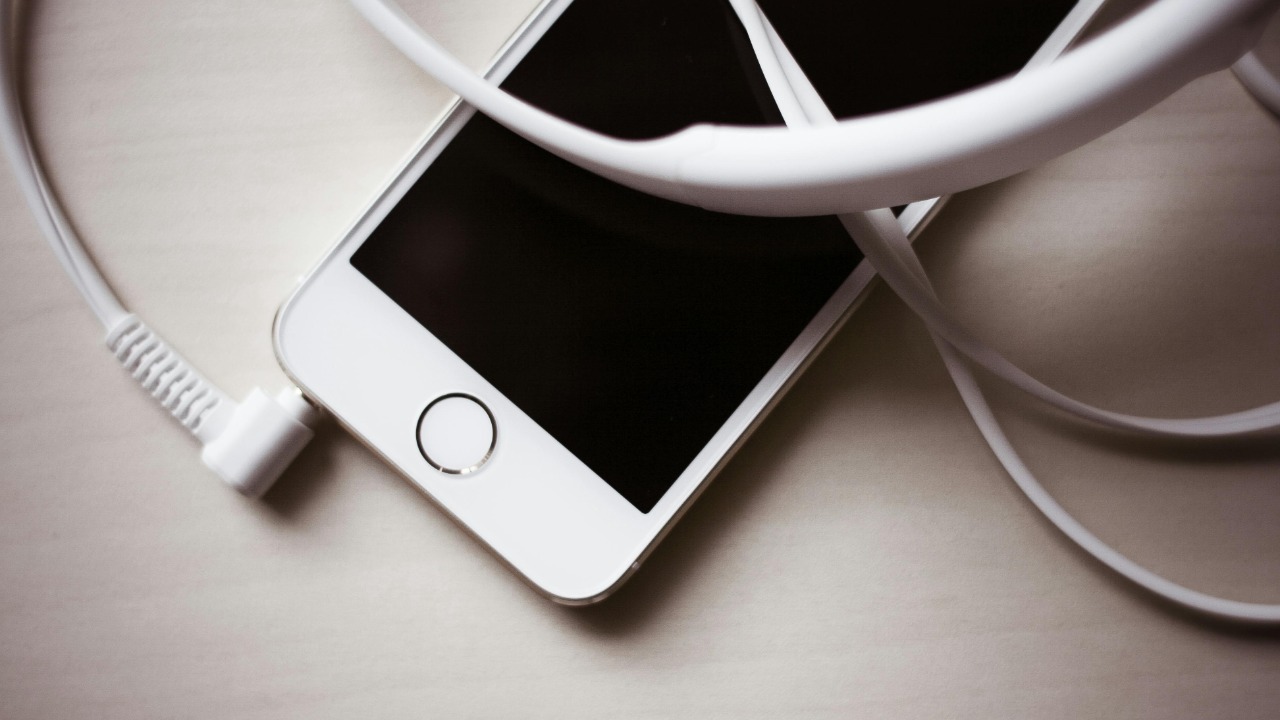
When Apple removed the headphone jack starting with the iPhone 7, it sparked significant debate. While the company touted this decision as a step towards a wireless future, many users were frustrated by the need for adapters or Bluetooth headphones. The headphone jack’s removal allowed for a slimmer design and better water resistance, but it’s a change that continues to be a topic of discussion. Despite the benefits of wireless audio, the absence of a headphone jack remains a sticking point for many.
Touch ID on the Main Button
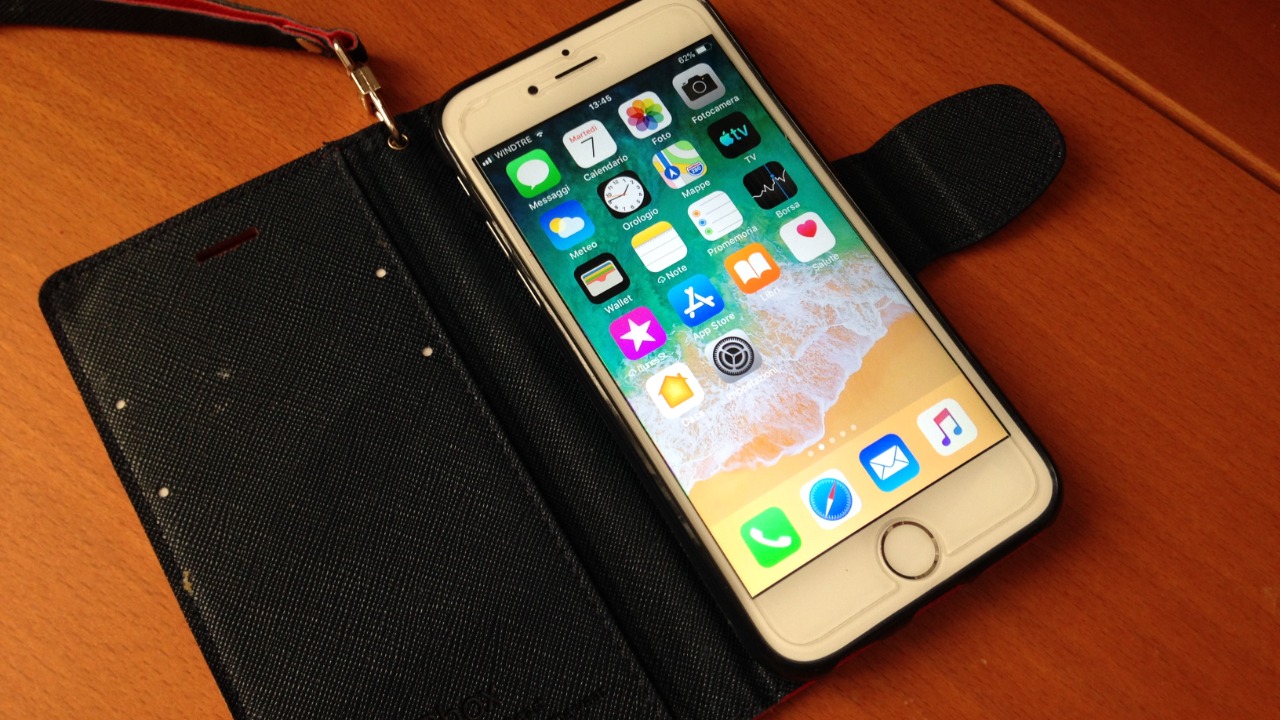
Touch ID on the main button was another hallmark of earlier iPhone models, providing a fast and secure way to unlock the device and authenticate purchases. With the advent of Face ID on the iPhone X, Apple shifted focus to facial recognition technology, which many find more convenient. However, some users still prefer the reliability and privacy of fingerprint recognition. While Touch ID hasn’t entirely disappeared, its integration has shifted, as seen in models like the iPhone SE, where it’s built into the power button. The transition highlights the ongoing debate over biometric security preferences.